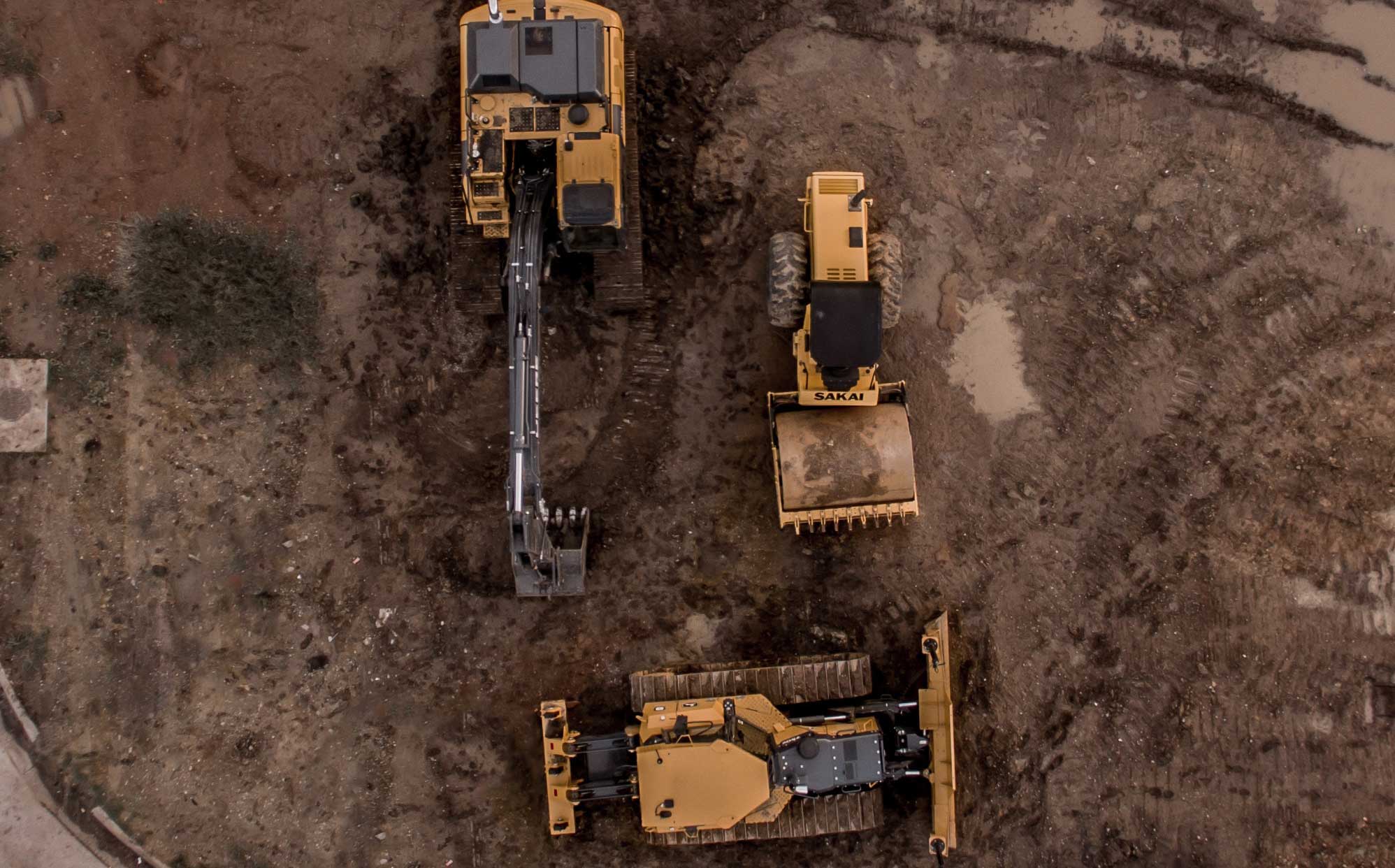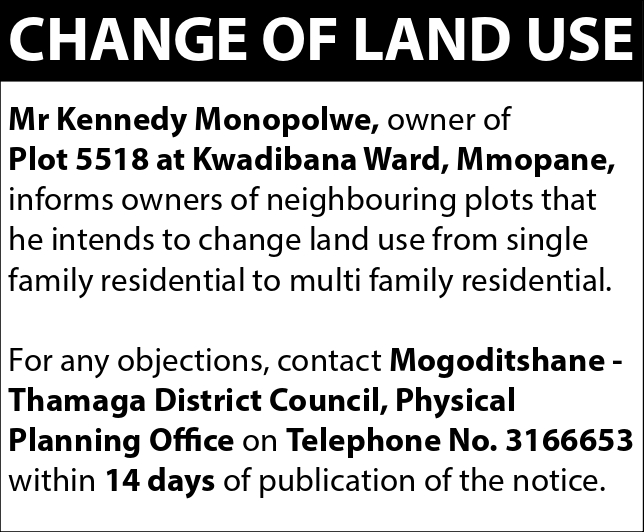- Mining companies to pay cheaper water, power and fuel prices
- Govt considers refunding mining companies for fuel spent
KEABETSWE NEWEL
In its quest to reduce operational costs in the mining sector and enable more money to be paid back to government in royalties, government will cut levies and utility costs only to the mining sector, the Economic Recovery and Transformation Plan(ERTP) says.
Authored by the Ministry of Finance and Economic Development in partnership with the Bank of Botswana (BoB) and the Ministry of Trade and Industry (MITI), the plan says there is a primary need is to reduce costs for mining companies to make their production more competitive and better able to withstand market volatility and periods of weakness.
“This requires addressing whether there are unjustified costs imposed by regulation or related practices. As an example, mining companies (and other industrial producers) pay a regulated price for diesel which includes levies to provide funding for roads and the Motor Vehicle Accident (MVA) fund,” says the ERTP. The document adds that while these levies are relevant to the use of petrol and diesel for transport, they are not relevant to mining/industrial consumption of fuel for productive (not road transport) purposes.
“There is a strong argument for rebating mining companies for fuel used in production, for this component of the regulated price. Similarly, the price of electricity includes a levy used to subsidise rural electricity connections; again, there is an argument for exempting mining companies from this tax,” government pronounces.
Botswana has a growing base-metals sector with a small operating mine (Mowana), a large mine in the process of starting operations (Khoemacau), the prospect of other new mines in western Botswana and some remaining deposits at old mines in the north-east (BCL Selebi-Phikwe and Tati Nickel) of the country. The government believes that this may provide the basis (with sufficient scale) for beneficiation of the concentrates that are currently exported in the form of a base metals refinery. The feasibility of this option needs to be explored, according to the ERTP.
The mining sector comprises two distinct segments: a large and generally profitable diamond mining sector and a number of other producers, many of which are only marginally viable. The ERTP says that low prices for minerals have hindered development of some mineral deposits (e.g. uranium) and caused the collapse of others (like BCL – although this had a large number of other problems as well – and Mowana copper mine). It further says mining has been hindered by supply chain issues (obtaining inputs and exporting products) during the COVID-19 period, resulting in higher costs and/or reduced costs.
The government says there are various initiatives that can help the mining sector. In the diamond sector, the government says achieving long-term sustainability in diamond mining has many elements, including a shift to more automated and higher-tech production to reduce production costs. Further, the ERTP says additional pressures arising post-COVID-19 may need these to be fast-tracked to reduce costs.
On the marketing side, the ERTP states existing trends may be accelerated, including “greening” of diamond production to respond to the ethical concerns of younger consumers and to take on some of the attributes of synthetic diamonds. It says this will require traceability of diamonds from mine through to retail, using block chain or similar processes, imposing new demands on all participants in the value chain, as well as technological solutions.
In terms of resilience, the ERTP says the diamond value chain has been shown in this crisis to have a very high level of dependence on India/Surat for cutting and polishing. “There have been some suggestions that efforts should be made to diversify this stage of the value chain – and this is something that Botswana would be well-placed to exploit. A process of dialogue with the Botswana diamond cutting and polishing sector should be undertaken to determine and address the constraints to building a larger and more sustainable cutting and polishing sector,” reads the documents.




